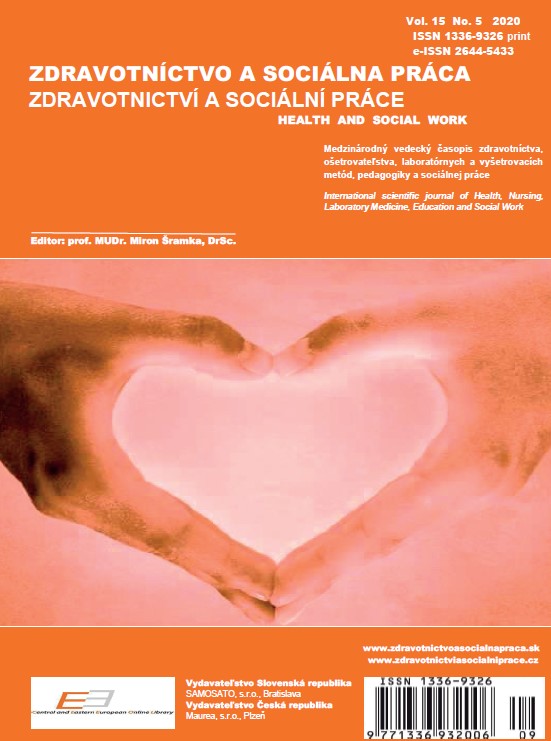INDICATIONS FOR ENUCLEATION AND EVISCERATION OF THE EYE GLOBE
INDICATIONS FOR ENUCLEATION AND EVISCERATION OF THE EYE GLOBE
Author(s): Kristína Horkovičová, Marta STANISLAVOVÁ, Pavel Babál, Daniela KOBZOVÁSubject(s): Health and medicine and law, Present Times (2010 - today)
Published by: SAMOSATO, s. r. o., Bratislava, Slovensko - MAUREA, s. r. o., Plzeň, Česká republika
Keywords: enucleation of the eye globe; anophthalmus; phtisis bulbi; avulsion of the eye globe; uveal melanoma;
Summary/Abstract: Aim: The aim of this retrospective study was to evaluate the number of enucleations realized at the Department of Ophthalmology of the Faculty of Medicine of Comenius University in the period from 2009 to 2019. Material and methods: Retrospective study includes patients 244 patients in period 2009 - 2019, who were indicated for enucleation or evisceration of the eye globe. Results: Out of a total of 244, 214 were enucleated eyeballs and 30 were eviscerated. Enucleation was indicated in 141 (65.8%) patients for the malignant process and 73 (34.2%) patients underwent enucleation for non-tumor causes (condition after repeated operations, condition after acute injury, condition after trauma in the past, secondary glaucoma, bulb atrophy, corneal ulceration. The mean age of the patients in the cohort was 70 years. Conclusion: The ophthalmologist always seeks to improve or maintain visual functions, and we perform primary enucleation or evisceration only in the event of a serious devastation injury or to prevent the spread of an infection that could endanger the patient's life. In acute conditions, the ophthalmologist always seeks primary suture, but out of a total of 214 patients over the 11 years it was necessary to proceed with enucleation or evisceration in 8 patients.
Journal: International Journal of Health, New Technologies and Social Work
- Issue Year: 15/2020
- Issue No: 5
- Page Range: 207-215
- Page Count: 9
- Language: English

